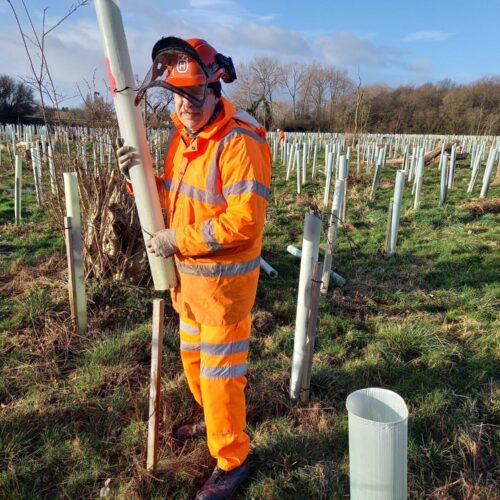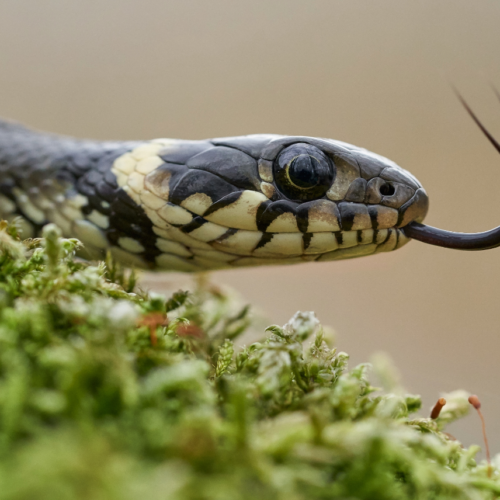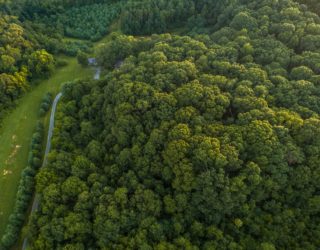It has been reported this week that the Environment Agency have announced that the once endangered otter has now returned to every county in England.
The otter became a protected species due to it’s serious decline caused by poor water quality due to water pollution from pesticides used in farming and other industries.
However, rivers in England, some of which were once declared “biologically dead” half a century ago, are now so clean that many species of wildlife are returning to them, including the otter, salmon and the water vole.
The water vole declined so dramatically in the 1990s that 90% of the population disappeared, but an Environment Agency survey conducted last year discovered 30 new locations where water voles have regrouped.
The river Thames won the International Theiss River Prize last year, due to it’s remarkable water quality improvement, caused largely by the clean up of two of the South East’s huge sewage outlets, Crossness and Beckton, which until the 1950s were pouring sewage straight into the river.
Thomson Habitats have worked on numerous water vole mitigation programmes, including at the Crossness sewage treatment plant where we created large wetland areas for water voles, birds and other wildlife. We have also worked throughout this year at Beckton sewage treatment works to improve the landscape and habitat whilst development works are underway.
We undertook work on the River Thames during 2010 by installing an eel crawling gutter to aid in upstream migration of eels, which are now an endangered species in this country.










